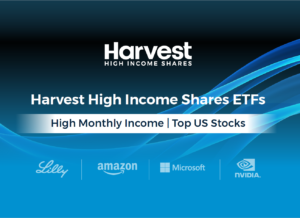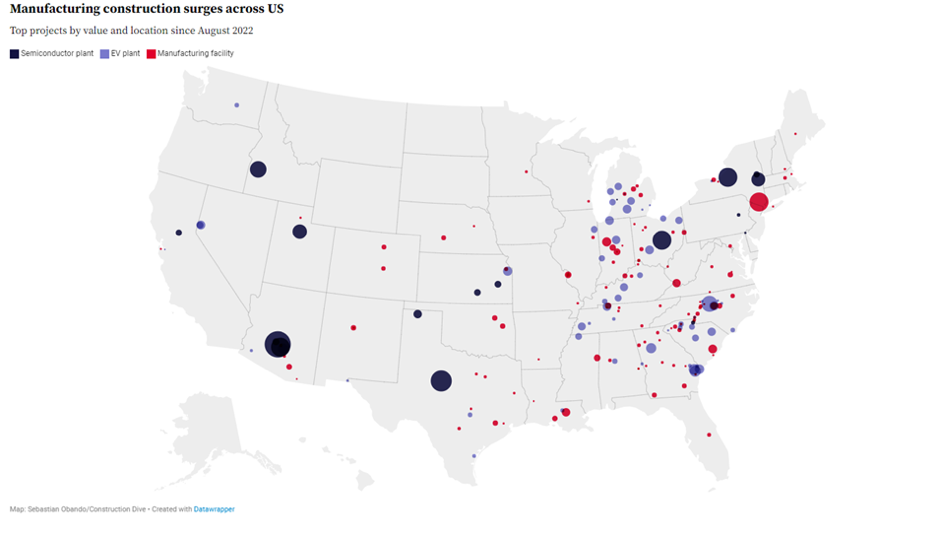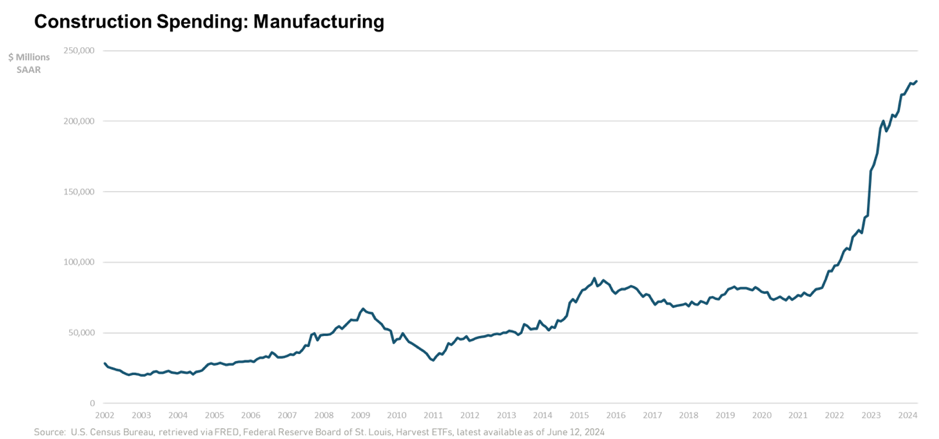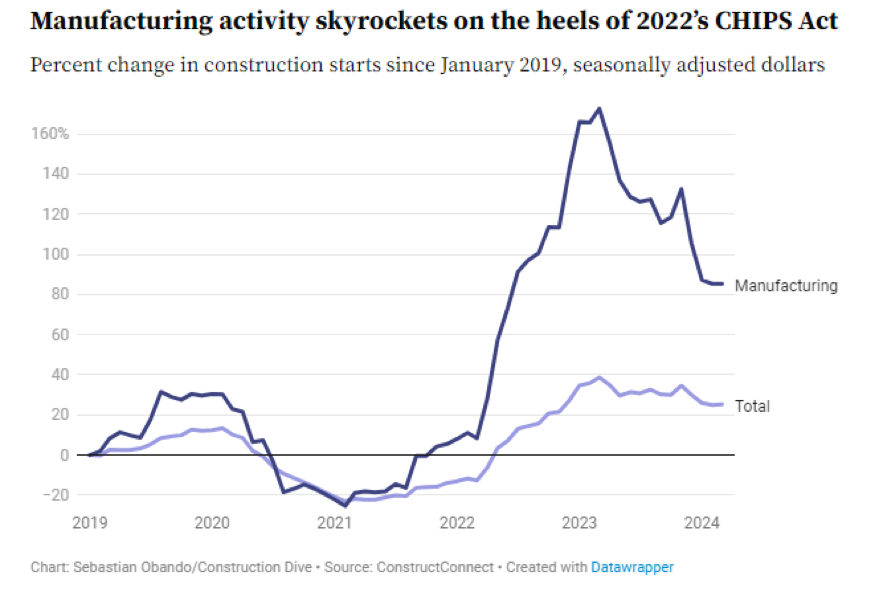
By Ambrose O’Callaghan, Harvest ETFs
(Sponsor Blog)
On Wednesday, August 21, 2024, Harvest ETFs introduced another innovative product in its growing lineup: Harvest High Income Shares ETFs.
These single-stock ETFs invest in top, well-favoured U.S. stocks, with a focus to provide high income every month from covered call writing.
The Top U.S. Stocks in Scope
Eli Lilly. A dominant global pharmaceutical manufacturer and distributor.
Amazon. A global e-commerce giant that has established a massive logistics network and an innovator in enterprise cloud computing.
Microsoft. A global leader in software services and solutions, as well as hardware technology.
NVIDIA. Established as a huge force in the semiconductor industry, with its graphics processing units (GPUs) at the forefront of the AI revolution.
These U.S. stocks are well known and sought after. They are four of the largest and most widely held stocks in today’s market. They offer a significant building block for covered call writing strategy, in that the shares of these massive companies have very deep and liquid option markets. Further, the level of volatility that accompanies the share prices is high. That makes these great stocks for Harvest’s active and flexible covered call writing strategy.
The Harvest Process: Strong focus on High and Reliable Income every month
Record matters, and Harvest has it. For 15 years and counting, Harvest has pursued an active covered call writing strategy focused on generating high income, every month for investors in its Income ETFs lineup. Supported by its proven covered call strategy, Harvest has delivered nearly $1 billion in total monthly cash distributions over its 15-year history to investors.
This new, innovative product line, focuses on investing in shares of a single company targeting the largest, most widely held U.S. stocks. Harvest’s investment team — with a combined six decades of investment experience — will use Harvest’s well-established covered call writing strategy to provide high monthly income to investors while delivering on what sets Harvest apart; that is, ensuring that investors enjoy not just high, but consistent, stable, predictable, and reliable income each month.
The premium income from covered call writing can be treated as capital gains. That means the high income that the Harvest High Income Shares ETFs seek to provide can be regarded as being among most tax-efficient income. The Harvest High Income Shares ETFs are organized as Canadian Trust Units and are available in Canadian and U.S.-dollar-denominated Units. As open-end mutual funds listed on an exchange (“ETFs”), on the TSX, they provide trading and reporting flexibility for Canadian investors.
Innovation, High Monthly Income, and Upside
The covered calls strategy used in the Harvest High Income Shares ETFs will operate with up to 50% write level. Harvest’s portfolio management team has stress tested these equities with an average 2-year implied volatility. It found they can produce high levels of income at much lower write levels. Therefore, a 50% write level, in their view, provides a conservative floor to ensure unitholders will be able have reliable high-income generation every month. Continue Reading…












